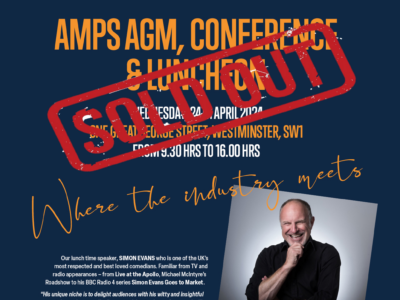Scientific evidence links NO2 (Nitrogen Dioxide) exposure, ranging from 30 minutes to 24 hours, with adverse respiratory effects including airway inflammation in healthy people – to increased respiratory symptoms in people with asthma.
Ozone or Smog is formed when NOx and Volatile Organic Compounds (VOCs) react in the presence of heat and Sunlight. These particles affect anyone that come into contact with them – they get deep into the respiratory system and alter lung tissue; causing a long term effect on human health.
Most Susceptible: Children, the elderly and people with existing lung disease. This is the motivation for legislators to lower the limits
NOx can be reduced from Lean Burn engines burning many types of fuel, such as Natural Gas, Diesel, and Bio-Fuels, with the aid of Selective Catalytic Reduction – SCR. Unlike the precious metal coating used for Oxidation Catalysts, SCR Catalysts use the base metal Vanadium to assist with this reaction. AdBlue (Urea) is injected, under precise control, upstream of the catalyst and into the hot exhaust gas, where it is mixed efficiently before meeting the catalyst for the reaction to take place. Agriemach offer a high efficiency SCR which can reduce NOx by 99% – for example, a 500mg/ Nm3@5%O2 Natural Gas engine can be brought down to 5mg – and a 2000mg Diesel can be reduced to 20mg.
However, the NOx limit for engines is usually set by the geographical location of the engine installation and other polluting sources in the same area. EU NOx Limit Values must not be exceeded – so traditionally in order to calculate the NOx limit of a new polluting source, local air quality analysis will be carried out, which will determine the NOx limit for the new engine, boiler, etc. Typical exceedance will be seen in built up areas such as major cities with a lot of traffic. DEFRA have now introduced the new MCPD (Medium Combustion Plant Directive) which will require, primarily, diesel engines to fall in line with a NOx ELV of 190mg/Nm3@15%O2, for any application that exceeds the running hours of an Emergency generator (50 hours per year). This will be across the board, regardless of location. This legislation will not overrule localised specific requirements where in some cases the NOx limit will need to be even lower.
Should operators be fearful of SCR; absolutely not – it is not a new technology, it is now commonly used for on-road vehicles, AdBlue is readily available, and the design and control of Agriemach SCR systems are designed specifically for the stationary engine market – the hard work has been done. Of course it adds additional cost, a certain amount of added maintenance during regular service intervals, but once up and running, will provide a good reliable service life and will not affect the engine performance – with the added benefit of improving air quality for your children, grandchildren and hopefully generations to follow.
A good question raised during a recent technical meeting was, “why does the MCP Directive not insist on fitting Diesel Particulate Filters to engines when PM2.5 carries known carcinogens?” It could be down to high backpressure, high maintenance, and high cost. There is a need for both Gas and Diesel Engines in the market for many different reasons – the trade-off I understand is that we simply need to keep the lights on and not restrict the engines from operating. Unfortunately, for air quality, it means that Diesel Particulates are not typically the main topic of conversation, as there is limited enforcement due to the operational challenges they can add.


